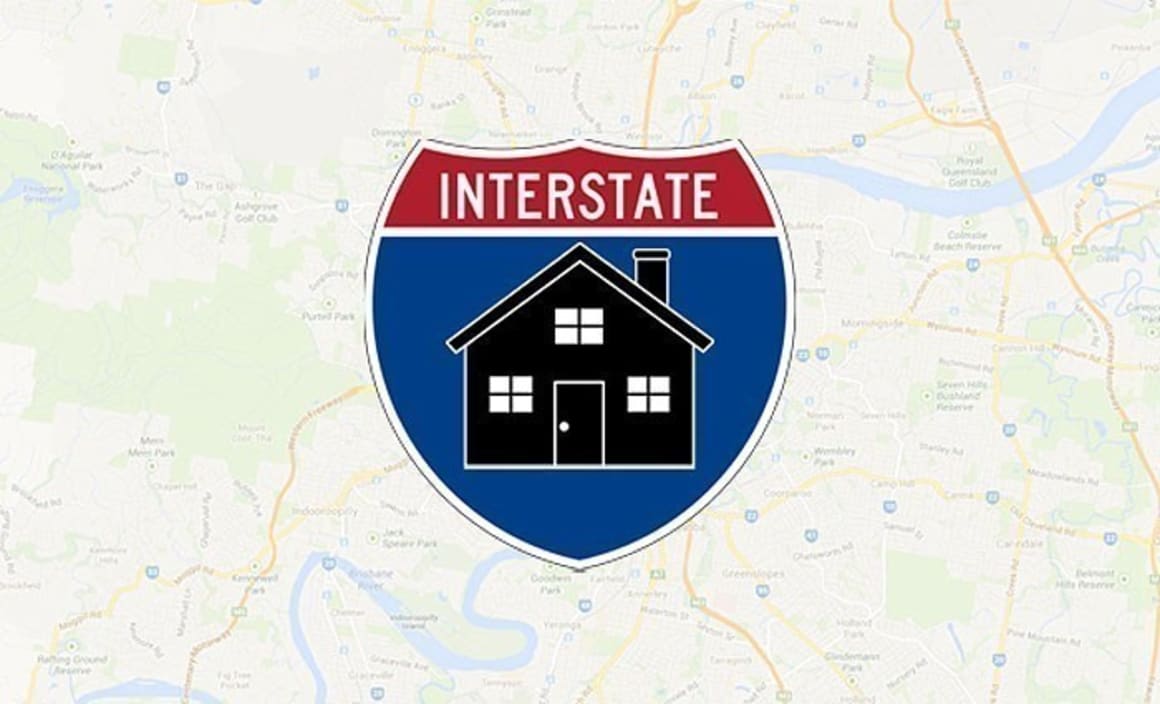Interstate movements remain low, but Victoria attracting a record number of interstate migrants

Since the onset of the global financial crisis, migration between Australia’s states and territories has slowed.
Demographic data released by the Australian Bureau of Statistics (ABS) shows that overseas migrants arriving in the country’s mining states is easing, with most preferring to settle in New South Wales and Victoria.
Over the 12 months to December 2013, there were 235,797 net overseas migrants to Australia while the rate of natural increase was recorded at 160,357. At a national level, interstate migration cancels itself however, looking at each state you can see that over recent years there are far fewer people moving between the states and territories.
By way of net migration, New South Wales continues to lose residents at a slower rate, while Victoria is the only state where there is a significant rise in the cross border inflow of residents.
The mining states of Queensland and Western Australia have each seen a fall in both net interstate and net overseas migration over the year. This is a flow on from the slowdown in mining construction activity where activity on these projects move from construction to production which is resulting in lower worker demand.
New South Wales is still seeing a net outflow of residents from the state with a net 11,219 residents leaving the state in 2013. Over the past 20 years, the outflow of residents has averaged a much higher 18,391 persons. While the state is seeing some outflow to other states it is well and truly making up for it via the 71,446 net overseas migrants over the year.

Victoria has recorded an annual average net loss of citizens to other state and territories of 2,278 residents over the past 20 years. Victoria is now attracting a record number of net interstate migrants, with 7,528 new residents moving from other states last year. Victoria also attracts a significant 62,337 net overseas migrants.

In Queensland the net inflow of residents from other states and territories is close to a record low. During 2013, Queensland’s net interstate migration was recorded at 6,897 persons compared to a 20 year average of 22,743 per annum. Although Queensland attracted 37,355 net overseas migrants, it is a sharp fall from the 46,161 at the same time in 2012.

South Australia has historically shown a much more stable level of population growth. Over the 2013 calendar year, South Australia lost a net figure of 3,994 residents to other states which was slightly higher than the average net loss of 3,263 residents over the past 20 years. Over the 12 months to December 2013, South Australia recorded net overseas migration of 11,872 residents which was slightly higher than the 11,203 over the same period the previous year.

Western Australia has seen a downturn in both net interstate and net overseas migration over the past year. Compared to the 20 year average net interstate migration, WA migration is still above average however; it has fallen by -56% over the year to 4,800 persons in 2013. Net overseas migration has also fallen from 56,580 in December 2012 to 45,401 persons in December 2013.

Historically, residents have migrated from New South Wales and Victoria to Queensland and to a lesser degree Western Australia. Since the onset of the financial crisis the outflow of citizens to Queensland and Western Australia has slowed with fewer residents leaving New South Wales and Victoria.
The sea change phenomenon was a big driver of this migration before the financial crisis. It now seems that when someone has secure employment, particularly in New South Wales and Victoria, they are less inclined to trade that in and move interstate.
With unemployment rising nationally and demand for workers in the resources sector slowing we would expect this trend to continue over the coming year. In fact the net loss of residents from New South Wales may reduce further and the net gain of residents in Victoria may increase.